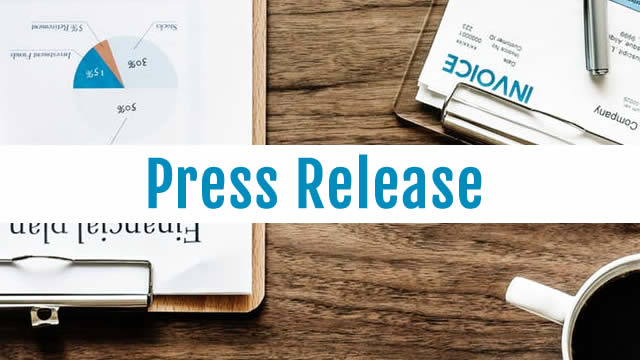Are You at Risk for Developing Osteoporosis? Let’s Find Out!
Understanding Your Genetic Risk Factors
So you’ve signed up for 23andMe+ Premium and now you’re wondering what all those fancy genetic variants mean for your health. Well, if you’re curious about your likelihood of developing osteoporosis, you’re in the right place!
With access to thousands of genetic variants, 23andMe+ Premium members can now get personalized insights into their risk of developing osteoporosis. But before you start worrying about brittle bones and hunchbacks, let’s break it down in a way that’s easy to understand.
What is Osteoporosis?
If you’re not familiar with osteoporosis, consider yourself lucky (for now). Osteoporosis is a condition where your bones become weak and brittle, making you more susceptible to fractures. It’s like your bones are turning into chalk, which is not exactly ideal for a long and healthy life.
Now, here’s where your genetic variants come into play. By analyzing your DNA, 23andMe+ Premium can give you a heads up on your risk of developing osteoporosis based on your unique genetic makeup. Think of it as a crystal ball for your bones!
What Does This Mean for You?
Knowing your genetic risk factors for osteoporosis can be a game-changer when it comes to your health. With this information, you can take proactive steps to prevent or manage the condition, whether it’s through lifestyle changes, dietary adjustments, or medical interventions.
Sure, finding out that you’re at an increased risk for osteoporosis may not be the most exciting news to receive, but knowledge is power. Armed with this information, you can work with your healthcare team to develop a plan that’s tailored to your specific needs and genetic predispositions.
How Does This Affect Me?
Now that you have a better understanding of your genetic risk factors for osteoporosis, you may be wondering how this information will impact your life. Well, here’s the scoop:
By knowing your risk of developing osteoporosis, you can take proactive steps to preserve your bone health. This might include increasing your intake of calcium and vitamin D, engaging in weight-bearing exercises, and getting regular bone density screenings.
Additionally, armed with this information, you can make informed decisions about your overall health and well-being. Whether it’s talking to your doctor about preventive measures or making lifestyle changes to reduce your risk, knowledge is key to staying ahead of the game.
How Does This Affect the World?
While understanding your individual risk of developing osteoporosis is important for your personal health, it also has broader implications for the world at large. By identifying genetic risk factors for osteoporosis, researchers can gain valuable insights into the underlying mechanisms of the disease and develop more targeted treatments and prevention strategies.
Furthermore, this knowledge can help inform public health initiatives aimed at reducing the overall burden of osteoporosis on society. By identifying individuals at high risk and providing them with the support and resources they need, we can work towards a future where fewer people are impacted by this debilitating condition.
Conclusion
So there you have it – a glimpse into the world of genetic risk factors for osteoporosis and the impact it can have on both individuals and society as a whole. While the prospect of knowing your risk may seem daunting, remember that knowledge is power. Armed with this information, you can take control of your bone health and make informed decisions that can benefit you for years to come.





